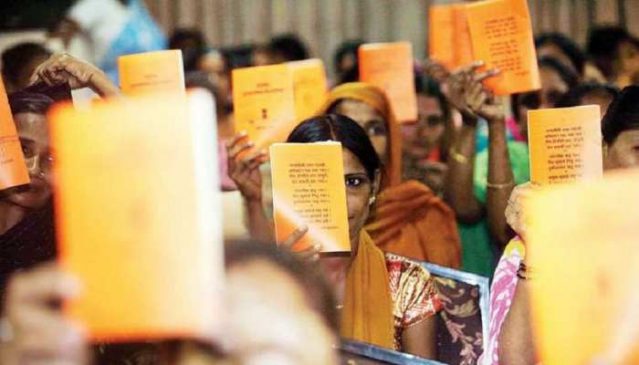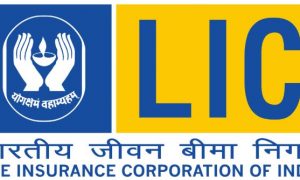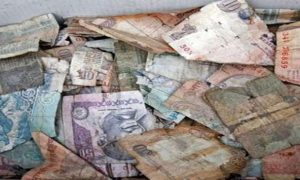Ration Card: The Central government and state governments are continuously working together to help the underprivileged. The government is running several schemes to help the underprivileged. In the free ration scheme, the government provides low-cost and free wheat and rice to the poor using ration cards. Through the Department of Food, Supplies, and Consumer Supplies, this facility is made available to ration card holders. Its goal is to offer country residents food grains at substantially discounted rates.
Ration card:
The central and state governments employ ration cards to enable citizens to purchase basic daily necessities at reduced prices. This enables you to access many government facilities. It also serves as your identity verification I n order for all the poor and helpless families of the country to use this service pan India.
Read More: ATM frauds: Tips to avoid getting scammed while withdrawing money from ATM
Facilities provided:
Each state’s government issues its ration cards. The underprivileged are also given ration cards in Delhi, the nation’s capital. In the country, ration cards come in 4 different varieties. In this case, we will let you know which type of ration card is given to which group of people. There are red, blue, green, or yellow variants of ration cards.
People who fall below the poverty level are given these ration cards. They can purchase subsidised food items with this ration card. 10 to 20 kg of food grains are provided to BPL (below the poverty line) families each month at a cost of 50 per cent of their average monthly income. They are also provided with other goods like sugar, wheat, and rice.
Read More: Want to link your Aadhaar card with mobile number? Follow THESE simple steps to do it online
What is a white card:
You can apply for a white ration card if your income is above the poverty line. The colour white denotes an Indian national who is not below the poverty level. A specific amount of subsidised rice, wheat, sugar, and kerosene is provided by state governments. Additionally, based on their financial ability to pay, APL families receive 10 kg to 20 kg of food grains per family each month.
What is Antyodaya Anna Yojana:
This card is provided to those with variable income. This applies to the aged, women, and unemployed. Each family with one of these cards is eligible to receive 35 kg of food every month. They receive food at a reduced cost of Rs. 3 for rice, Rs. 2 for wheat, and Rs. 1 for coarse grains.



































